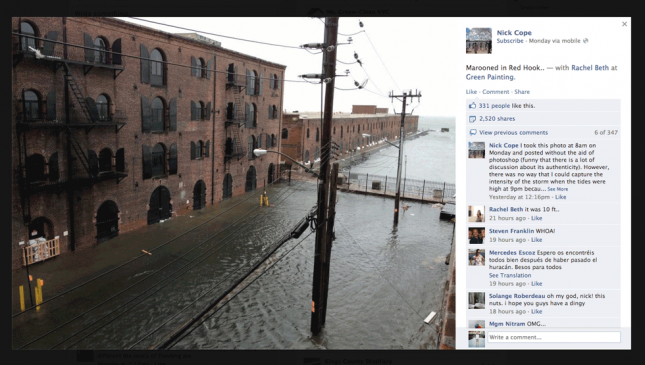“CAPTURING THE SUBLIME”
“In 1757, the Irish philosopher Edmund Burke published a treatise on an idea he called “the sublime”—a concept that transcends simpler ideas of beauty and instead refers to a moral, spiritual, or aesthetic experience that is so intense that it completely overwhelms the senses.
“Vessel posited that large empty spaces like cathedrals or civic buildings can provoke this kind of reaction. Images of such spaces, similarly, may require the brain to imagine a space of such magnitude that the senses are perceptually overwhelmed. “There’s a representation in our head that’s trying to capture and represent the size of the space,” he says. “It might be that we’re representing the size of a space we’ve never been in. We’re creating a mental model of something very large and that sometimes also contains us.”
“Those sometimes take our breath away because they give us a moment to contemplate the history or the potential or the way that people might move through those spaces,” Vessel says. But something more vast than the space itself? The thousands, perhaps millions of human echoes—the impressions and memories and forgotten tidbits—that space has contained through its lifetime. If an image of an empty place can capture that, it may have caught the sublime itself.
“In that sense, the Italian photographer Francesco Margaroli’s images of desolate carnival grounds in his series Nowhere reveal traces of human life in transition. Scraps of litter border the edges of one photo; a hose lies sprawled in the foreground of another; a white big rig pokes its head into the frame of a third.
“Margaroli put it like this: “If you photograph an absence, you also reveal the presence.”
https://www.fastcodesign.com/3062926/why-do-we-love-images-of-empty-spaces-neuroscientists-and-artists-explain/17

